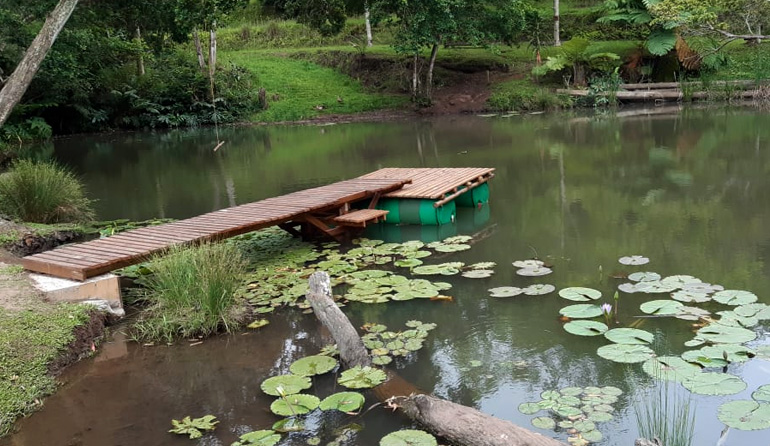This conservancy shows what can be achieved by a handful of people with limited resources but tonnes of dedication and commitment! Set on a privately owned complex the conservancy includes a natural perennial stream, a number of small ponds, a waterfall, a riverine forest, a wetland and a cave with artefacts believed to be over […]
Category Archives: HABITATS
We thought it would be useful to remind everyone of the official National list of Invasive Alien Species which form part of the NEMBA Regulations. The Department of Environment, Forestry and Fisheries have a very useful booklet in PDF format which can be downloaded from the SA Invasives website, click here to download. The document […]


